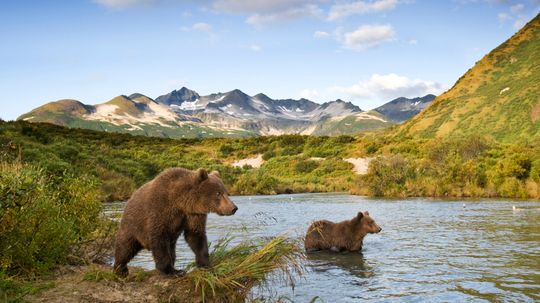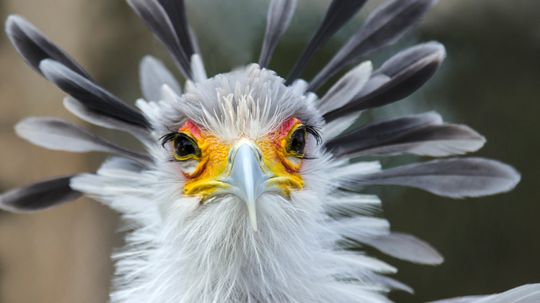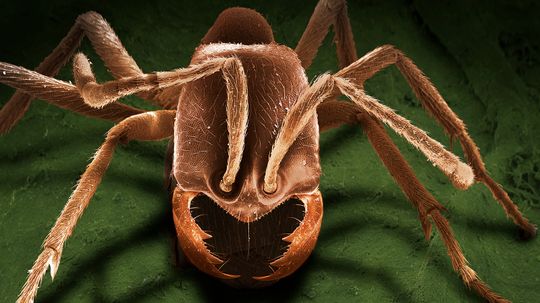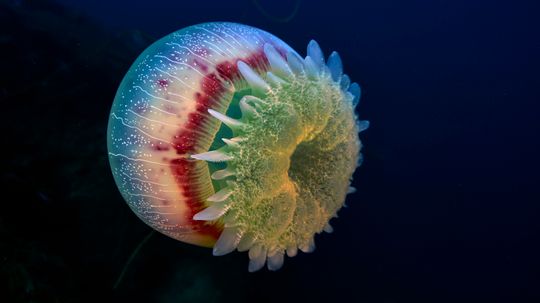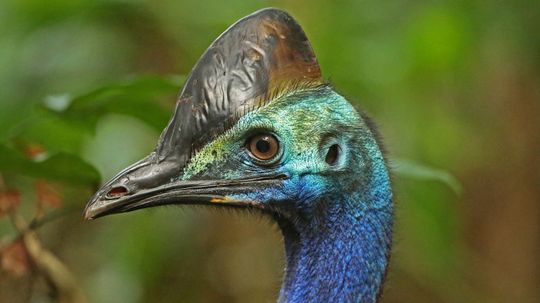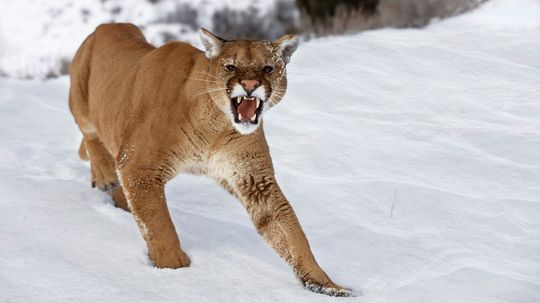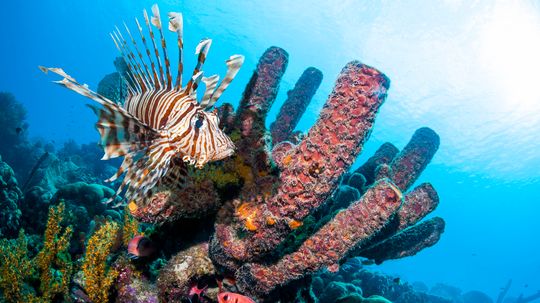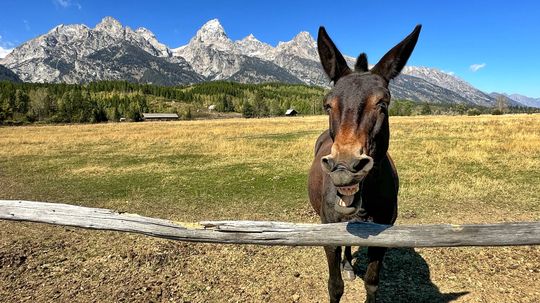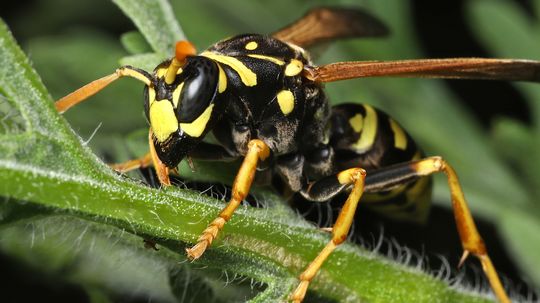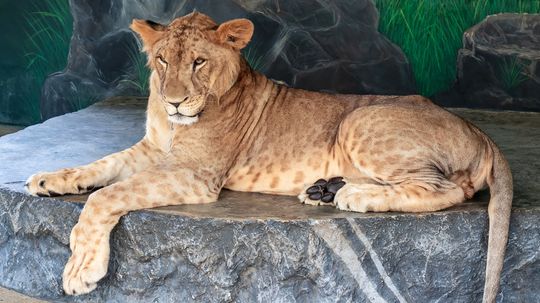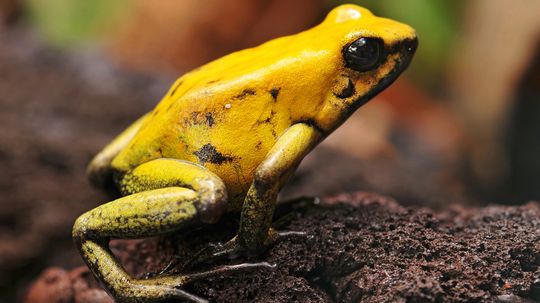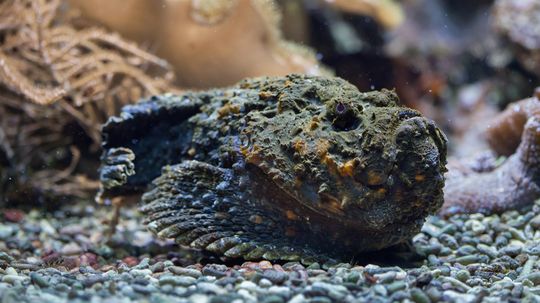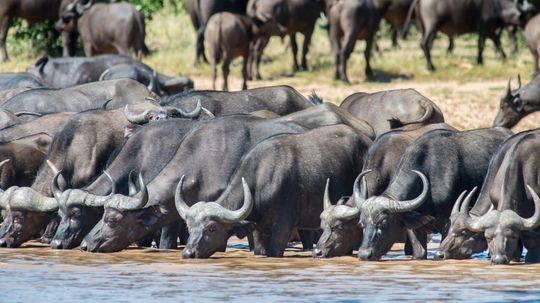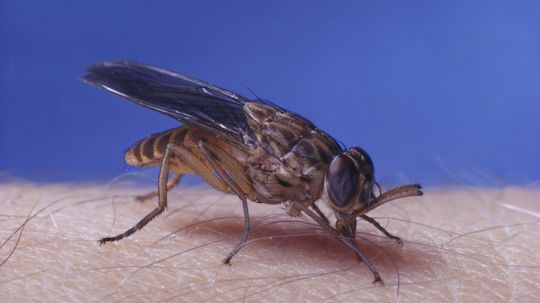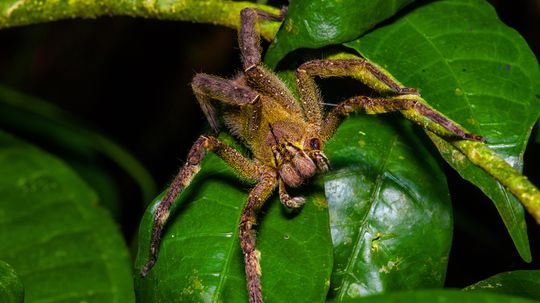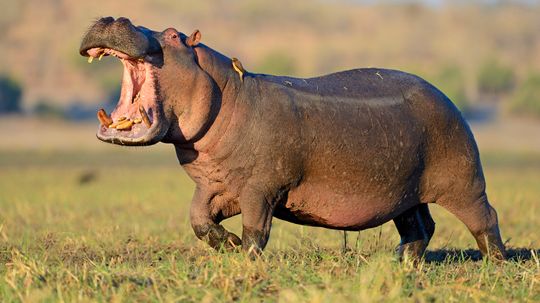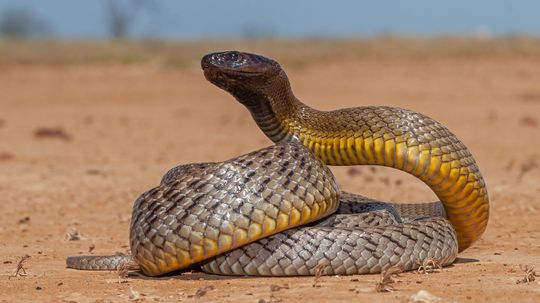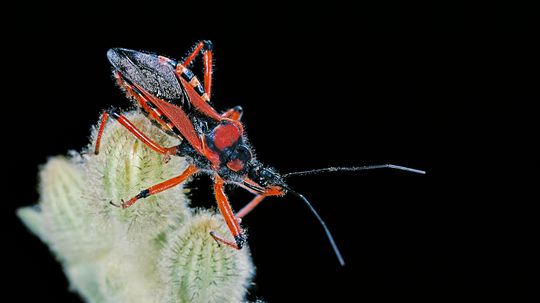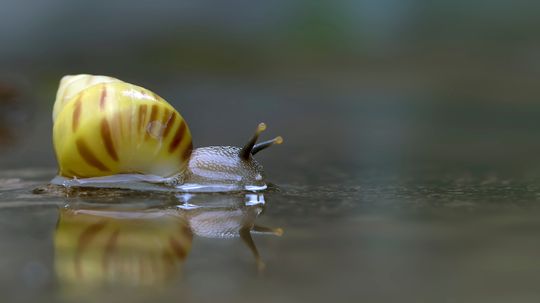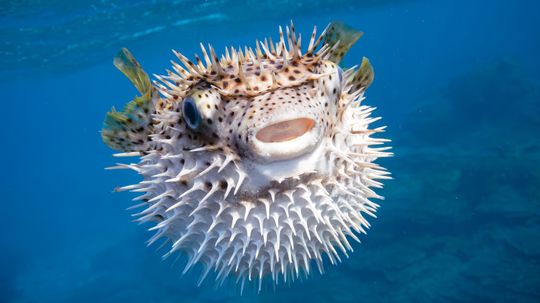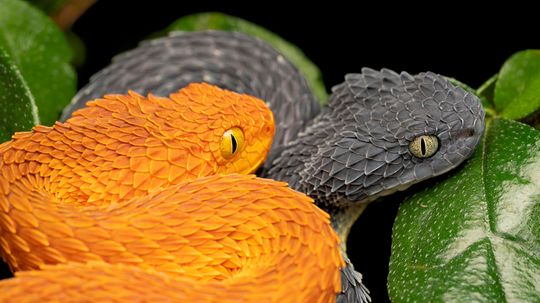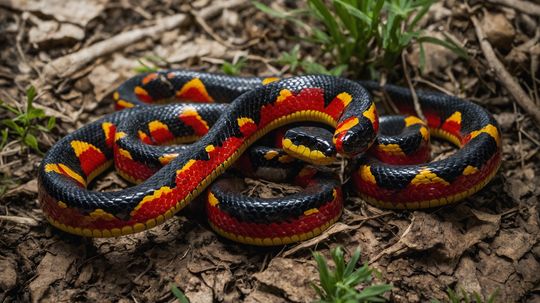Wild Animals
Whether they crawl, fly, swim, slither, walk, run or pounce, wild animals rely on their instincts. Read about all kinds of wild animals, mammals, birds, fish, insects, reptiles and amphibians.
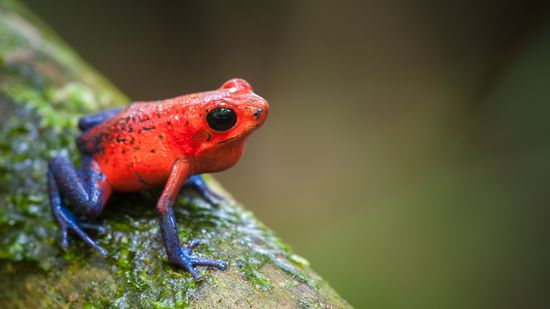
12 Colorful Frog Species: From Tie-dyed Designs to Rare Hues

Amazon Milk Frog: Named for Its Defense, Not Its Color

The Red-eyed Tree Frog Has Extremely Sensitive Skin
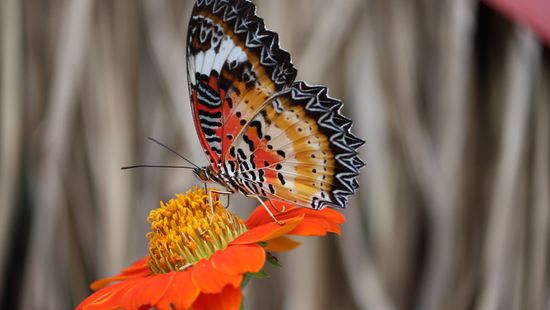
10 Red Butterfly Species Found From India to Florida to Europe
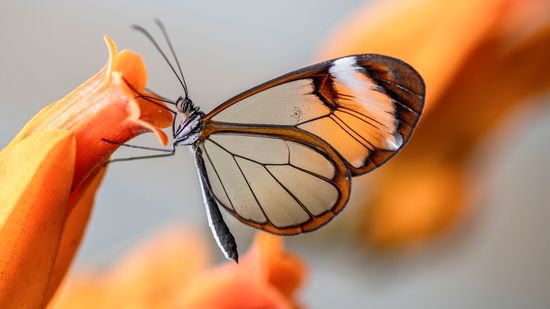
How the Glasswing Butterfly Flutters (Almost) Invisibly
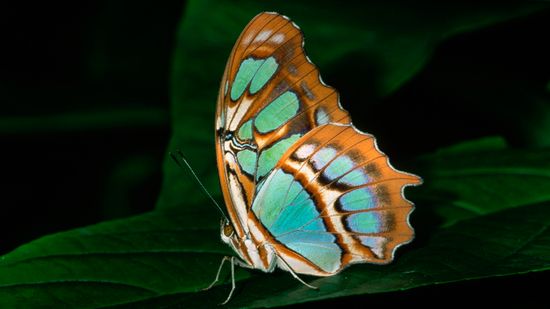
6 Green Butterfly Species Blending in With Their Environments
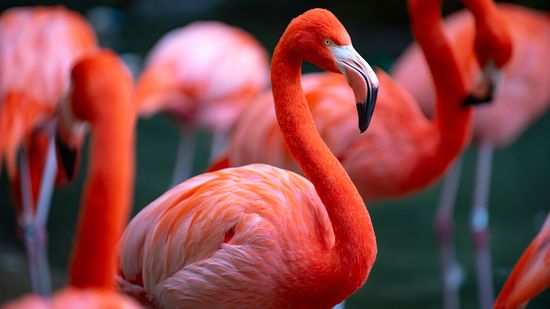
What Is a Group of Flamingos Called? Not a Flock, Another 'F' Word
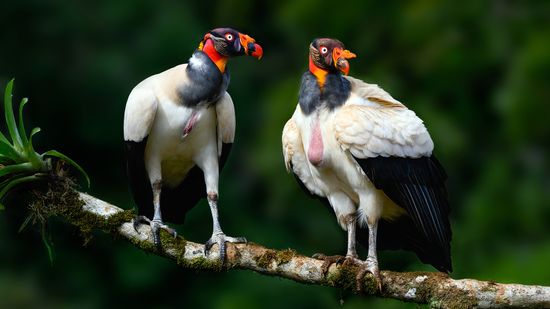
7 Ugliest Bird Species: Evolutionary Qualities That Aren't So Pretty
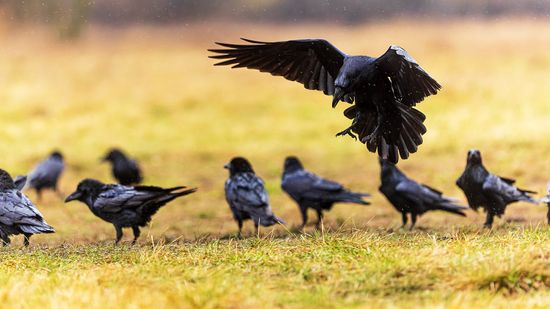
What's a Group of Ravens Called? Not a Murder (That's Crows)

What Is a Group of Fish Called? Not Always a School

10 Weirdest Fish in the World: Batfish, Hairy Frogfish, and More

10 Scariest Fish Lurking in Rivers, Deep Ocean Waters, and Shells
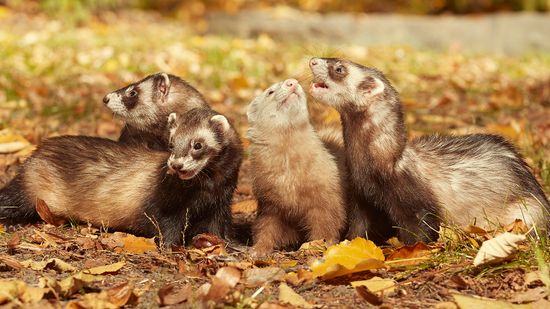
What Is a Group of Ferrets Called? You're Such a Busybody
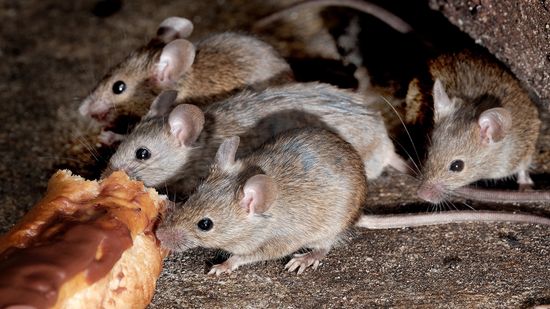
What Is a Group of Mice Called? Not Always a Colony
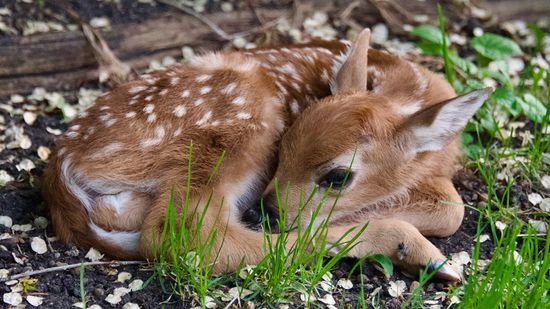
What Is a Baby Deer Called? (Aside From Adorable)
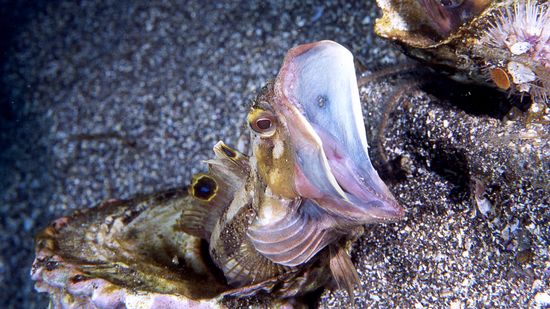
10 of the Scariest Sea Creatures Lurking in the Ocean's Depths
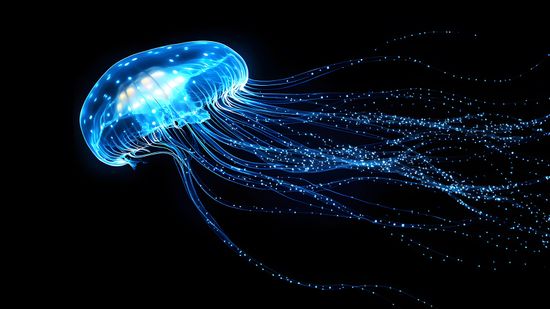
How Bioluminescent Jellyfish Get Their Signature Glow
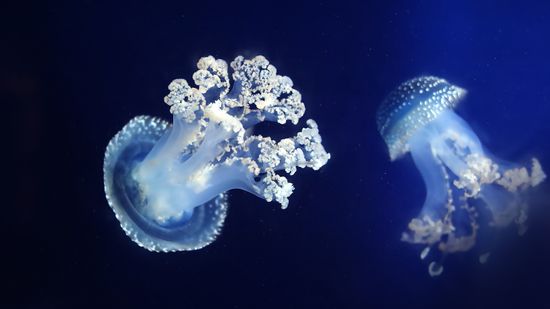
White Spotted Jellyfish: Cute Until They Become Invasive

10 Cutest Snake Species That Have Us Squeeing

10 Colorful Lizards to Delight Reptile Lovers

Python vs. Anaconda: Comparing Snakes and Software Languages
Learn More / Page 12
Bears are incredible creatures, but they can also be some of the most dangerous animals on the planet. While even the most dangerous bear will typically avoid humans, under the right (or wrong!) circumstances, it can become aggressive, especially if it feels threatened or if you're in its territory.
By Talon Homer
What is the dumbest animal on Earth? Spoiler: It's not your uncle who tried to deep-fry a turkey in his bathtub.
When you think of the most dangerous creatures on Earth, you might picture big animals like sharks or lions, but the insect world is filled with tiny critters capable of causing serious harm. The most dangerous insect can kill by spreading deadly diseases, and others achieve the same end with toxic venom.
By Zach Taras
Advertisement
While swarm of jellies may look serene, you're best off keeping your distance. A sting from the most dangerous jellyfish on Earth can be deadly. Even when we're not looking at the most dangerous, many jellyfish species have venomous stings that can cause everything from mild discomfort to serious pain.
By Talon Homer
The most dangerous bird species are also some of the most beautiful. These seemingly innocent creatures can pack a punch — or peck — that you definitely want to avoid.
By Talon Homer
What's the difference between a purring feline on your lap and the most dangerous cat in the world? Whether large or small, the skilled hunters on this list capable of taking down prey — and sometimes they come into contact with humans, resulting in fatal or serious injuries.
By Zach Taras
Fish may seem harmless compared to larger predators on land, but some of the deadliest animals are hiding in the oceans and rivers throughout the world. From venomous stings to sharp teeth, the most dangerous fish species can be lethal to humans.
By Mack Hayden
Advertisement
Since many of us no longer live in small agricultural societies, while you might be familiar with the idea of a mule, you might not know about the specifics of the actual animal.
By Zach Taras
Africa is home to some of the most dangerous animals on the planet, and many of them pose a real threat to humans. With that said, the most dangerous animal in Africa may surprise you.
By Mack Hayden
When it comes to stinging insects, wasps are some of the most feared creatures out there. Unlike honeybees, which can only sting once, most wasps can sting multiple times, injecting painful venom with each strike.
The liger is the offspring of a male lion (Panthera leo) and a female tiger (Panthera tigris). There is another type of lion-tiger hybrid called a tigon, which results from the breeding of a male tiger and a female lion. But ligers specifically have male lions as their fathers and female tigers (aka tigresses) as their mothers.
By Ada Tseng
Advertisement
The Indian saw-scaled viper (Echis carinatus) is one of the most infamous and dangerous Indian snakes. These venomous snakes are known for their speed, aggression and powerful venom, which makes them one of the deadliest snakes to humans.
By Mitch Ryan
Let's talk about one of the most dazzling — and dangerous — creatures in the animal kingdom: the golden poison dart frog. These tiny amphibians have incredibly toxic skin, and it packs a serious punch.
By Mack Hayden
The stonefish might look like just another rock on the ocean floor, but don't let that fool you; it holds the title of the most venomous fish in the world. If you're not careful, a step on this camouflaged critter could lead to some serious consequences.
By Zach Taras
Today, we're exploring one of Africa's most formidable and awe-inspiring animals: the Cape buffalo. This powerhouse bovine isn't just a member of the prestigious "Big Five" — it's also one of the most dangerous animals on the continent.
Advertisement
Get ready to explore one of Africa's most notorious insects: the tsetse fly. These tiny flies may not look like much, but they play a major role in spreading sleeping sickness, aka human African trypanosomiasis (HAT).
If you're not a big fan of spiders, brace yourself, because the Brazilian wandering spider we're about to go into a lot of detail about one of the most dangerous spiders on the planet. With a venom that can cause intense pain and even some serious medical conditions, it's no wonder people give these critters a wide berth.
By Zach Taras
Did you know the word "hippopotamus" comes from the ancient Greek for "river horse"? But don't let that fool you; this big, lumbering mammal is anything but a horse. In fact, it's one of the most powerful animals living in Sub-Saharan Africa today.
By Talon Homer
Today, we're diving into the world of the most venomous snake on the planet: the inland taipan. This slithery predator isn't just the most dangerous in terms of venom strength; it's also a highly specialized creature that has adapted to life in some of the harshest environments on Earth.
Advertisement
Assassin bugs (also known as ambush bugs or thread-legged bugs) are one of nature's stealthiest hunters, known for their precision strikes and ability to subdue prey with incredible efficiency.
By Talon Homer
You might think of snails as the little shelled creatures that you find crawling in your garden, or even as a delicacy of French cuisine, where they are called "escargot." But there are snails that live in the water, too, including marine snails in the tropical oceans and freshwater snails found across the world in ponds, lakes and rivers.
By Zach Taras
You've probably seen pufferfish on TV or at your local aquarium, puffing up like a balloon when they're startled. But there's way more to pufferfish than their signature defense mechanism. They're a diverse group of species with some truly unique traits.
By Zach Taras
The saltwater crocodile, Crocodylus porosus, is the largest living reptile on Earth, and it rules the waters from northern Australia to Southeast Asia. These massive reptiles are often called "salties" and can grow to incredible sizes, with large male saltwater crocodiles sometimes reaching lengths of up to 7 meters (23 feet).
By Talon Homer
Advertisement
An orange snake stands out with its striking hues and unique patterns, making it one of the most beautiful reptiles in the wild. From forest floors to deserts, these snakes use their bright coloring for camouflage or warning.
By Yara Simón
At first glance, the coral snake vs. king snake distinction can seem borderline impossible. But these two reptiles are worlds apart in terms of how they live, hunt and defend themselves.
By Yara Simón
